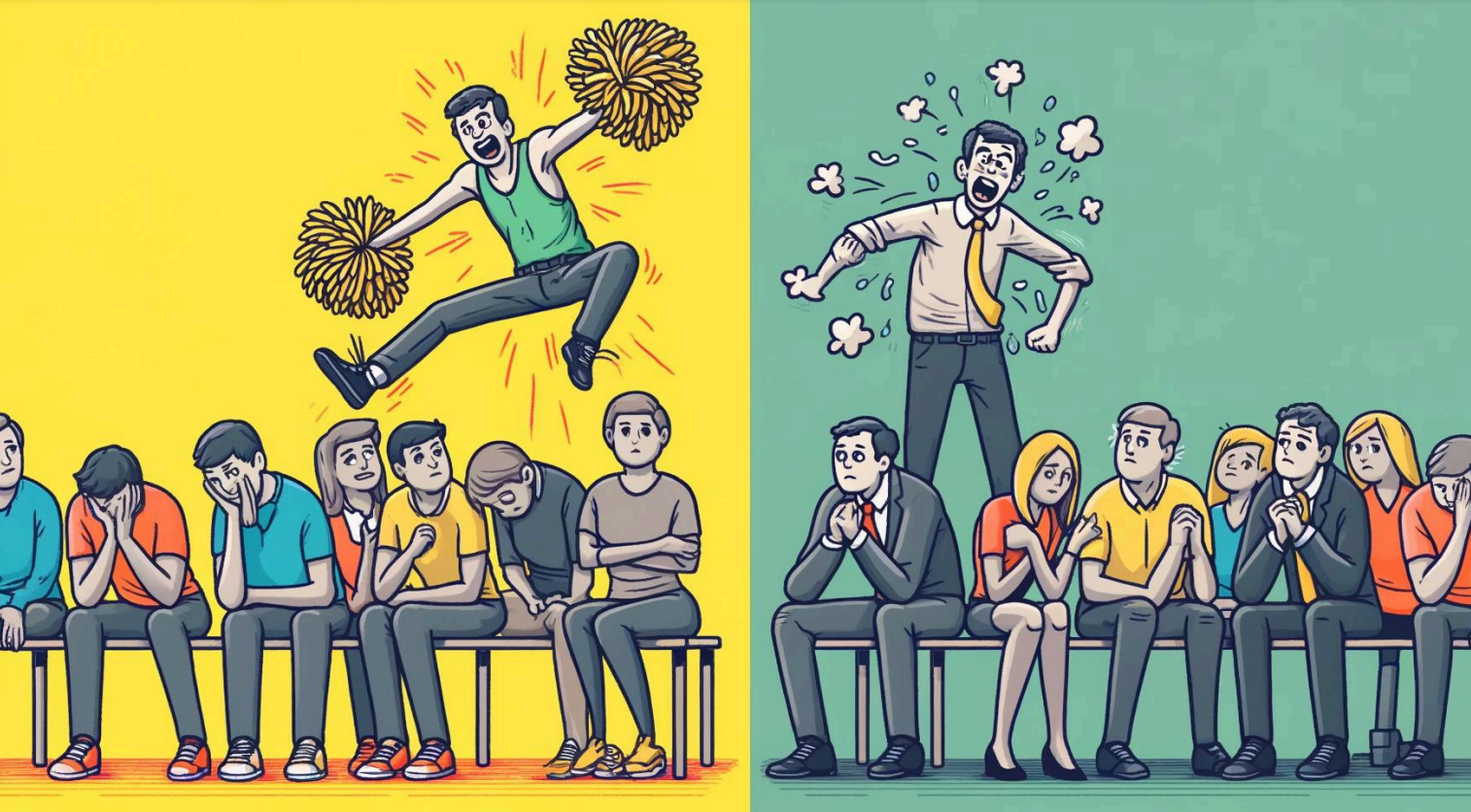Hope you are having a nice summer break. Taking a break from work is nice and crucial. For me, more than work, taking a break from planning feels like the best part of a holiday. Is that your favorite part too?
In today’s fast-paced and ever-changing work environment, leaders are often juggling numerous responsibilities, from managing teams to setting strategic goals. One common yet often overlooked challenge is planning fatigue. This phenomenon can sneak up on even the most seasoned leaders, draining energy and diminishing effectiveness. In this issue, we’ll explore what planning fatigue is, its signs, and how to manage it.
Understanding Planning Fatigue
Planning fatigue occurs when a leader becomes overwhelmed by the constant need to organize, reschedule, and prioritize their daily tasks and meetings. This can lead to a sense of exhaustion, not just from the workload itself but from the mental effort required to keep everything in order. It’s a subtle yet impactful form of burnout that can affect decision-making, creativity, and overall job satisfaction.
Signs You Might Be Experiencing Planning Fatigue
- Constant Rescheduling: You find yourself frequently moving meetings around, struggling to find time for all the tasks and commitments. It feels like a never-ending game of calendar Tetris.
- Decision Paralysis: Simple decisions, such as prioritizing tasks, become increasingly difficult. You might find yourself second-guessing choices or unable to make decisions at all.
- Increased Irritability: Small disruptions or changes in plans trigger frustration or annoyance. Your patience is shorter than usual, both with yourself and others.
- Mental Exhaustion: You feel drained before the day even starts, often waking up already thinking about the logistics of the day ahead.
- Decreased Productivity: Despite being busy all day, you feel like little is accomplished. The constant switching between tasks leaves you feeling unproductive.
Yes, planning fatigue can lead to burnout by causing mental and emotional exhaustion, decreased productivity, and loss of work-life balance. This constant strain can result in physical symptoms and reduced motivation.
Strategies to Combat Planning Fatigue
- Prioritize Ruthlessly: Identify your top three priorities for the day and focus on those. Delegate or postpone less critical tasks to avoid spreading yourself too thin.
- Set Clear Boundaries: Block out specific times in your calendar for focused work, and protect these slots from meetings and interruptions.
- Streamline Your Schedule: Consider adopting a more structured approach to your week, such as theming days or setting specific times for recurring tasks. This can reduce the cognitive load of planning.
- Automate and Delegate: Use technology to automate repetitive tasks and delegate responsibilities to your team members. Empowering others can lighten your load and help develop their skills.
- Take Breaks: Schedule short breaks between meetings to reset and recharge. A quick walk or even a few minutes of deep breathing can make a significant difference.
- Reflect and Adjust: Regularly review your schedule and workload. Reflect on what’s working and what’s not, and adjust your planning habits accordingly.
Planning fatigue is a real challenge that many leaders face. Recognizing the signs and implementing strategies to manage it can lead to a more balanced and productive work life. Remember, taking care of your mental well-being is not just beneficial for you but also for the team you lead.
Stay mindful, prioritize wisely, and keep leading with purpose!



